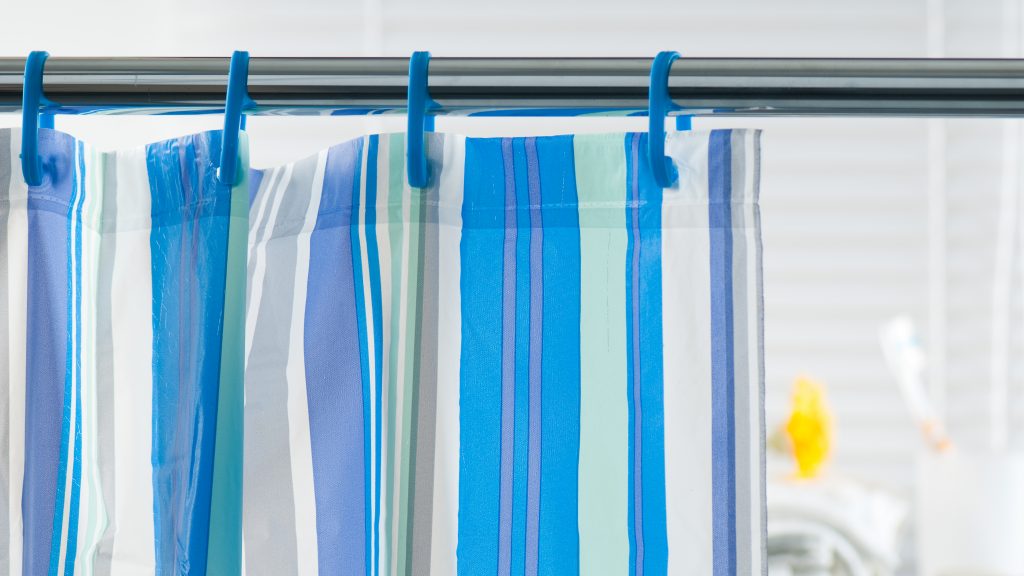Eczema and Bathing
Setting up a good skin care routine that includes daily bathing and moisturizing is very important for managing eczema symptoms and preventing flares.
Why is bathing so effective?
When your skin is dry, it’s not because it doesn’t contain enough oil. It’s because your skin isn’t doing a very good job of retaining its moisture (water). Wind, low humidity, cold temperatures, harsh soaps and too much washing without the use of a moisturizer can lead to dry skin, which can irritate your eczema and even make it worse.
People with eczema, especially atopic dermatitis, tend to have very dry skin in general. This is because the disease causes defects in the skin barrier. The skin barrier is upper most layer of skin that protects irritants, bacteria/viruses, and allergens from getting into our bodies and moisture from getting out. Genes, skin trauma such as from scratching or rubbing, and inflammation can all contribute to this defective or “leaky” skin barrier in people with eczema.
The most effective way to treat dry skin is to give it the moisture it needs. Proper bathing and moisturizing are important for this reason — especially if you have eczema. The best way to replace moisture in the skin is to soak in a bath or take a shower and then moisturize immediately afterward.
Soak and Seal
The “Soak and Seal” method of treating eczema is recommended by many providers to combat dry skin and reduce flares. To get the full therapeutic benefit, Soak and Seal often and follow these steps in order.
Instructions to Soak and Seal:
- Take a bath using lukewarm (not hot) water for five to 10 minutes. Use a gentle cleanser (no soaps) and avoid scrubbing the affected skin.
- After bathing, pat the skin lightly with a towel leaving it slightly damp.
- Apply prescription topical medication to the affected areas of skin as directed.
- Within three minutes, liberally apply a moisturizer all over the body. It’s important to apply the moisturizer within three minutes or the skin may become even drier.
- Wait a few minutes to let the moisturizer absorb into the skin before dressing or applying wet wraps.
Download our Soak and Seal fact sheet.
Tips for bathing and moisturizing with eczema
Some things to remember when bathing:
- Take at least one bath or shower a day
- Bathe or shower in lukewarm (not hot) water for 10 to 15 minutes
- Avoid scrubbing your skin with a washcloth or loofah
- Use a gentle cleanser (not soap)
- During severe flares, limit the use of cleansers to further avoid irritation
Some things to remember when moisturizing:
- Use a high-oil content moisturizer twice a day to improve hydration and protect the skin barrier
- Moisturize hands every time you wash them or they come into contact with water
- Schedule your bathing and moisturizing routine at night, just before bed. This can help your skin better retain its moisture
- If you have eczema on your hands, soak your hands in water, then follow with an application of your prescription medication (if you use one) and moisturizer. Wear cotton gloves over your hands while you sleep to help “lock in” the moisturizer
Is a bath or shower better for my eczema?
Water is an effective way to put moisture back into the skin, but only if you use lukewarm water, avoid scrubbing and apply a moisturizer within three minutes after bathing or showering. As long as you follow these rules, both bathing and showering are equally effective in keeping the skin barrier healthy and flexible, so that it can better lock in moisture and keep irritants out.
However, too much contact with water or improper bathing can actually cause irritation. Especially if you repeatedly get your skin wet without moisturizing it immediately afterward. This causes your skin to lose its moisture content and become dry and irritated.
What kinds of products should I use when bathing?
You should always look for skin products that are unscented, fragrance-free and dye-free so that you don’t further irritate your skin.

Try to avoid waterless, antibacterial cleansers, which often contain ingredients like alcohol and solvents that are very hard on your skin (especially during flares). Remember not to scrub your skin while cleansing and to gently pat your skin dry when you’re done. As always, moisturize your skin immediately afterward.
See the full list of NEA-accepted, scientifically reviewed cleansers and moisturizers
Are there special types of baths that treat eczema?
Soaking in a tub of lukewarm (not hot) water can help your skin better absorb moisture, but bathing is also very relaxing and can help ease stress. Just remember not to soak longer than 10 to 15 minutes and avoid scrubbing your skin with a washcloth or loofah.
Some specific bath treatments you might try:
Bath oil
Using gentle oils in your bath water can help keep you moisturized. Be sure to use oils that do not contain fragrances or bubble bath solutions that could further irritate your skin. Be careful — oils can make the tub very slippery.
Baking soda
Adding a quarter-cup of baking soda to your bath or applying it to the skin directly in the form of a paste, is a common treatment used to help relieve itching.
Bleach
A mild bleach and water solution is thought to decrease inflammation and the amount of bacteria on the skin, which can lead to skin infections. Use a half-cup of household bleach for a full tub of water, one-quarter cup for a half tub. Soak up to 10 minutes, then rinse off. Best when done two to three times per week.
People with bleach sensitivities or allergic asthma that might be aggravated by chlorine fumes should consult with their heath care provider before starting bleach bath therapy.
Download our bleach bath instruction sheet.
Oatmeal
Adding colloidal oatmeal to your bath or applying it to the skin directly in the form of a paste, is also a common treatment used to help relieve itching. Or you can try an oatmeal product that received the NEA Seal of Acceptance.
Salt
If you’re experiencing a severe flare, bathing may cause your skin to sting. Adding one cup of table salt to your bath water can help ease this symptom.
Vinegar
Add one cup to one pint of vinegar to the bath. Can be used as a wet dressing, too, as the vinegar is thought to kill bacteria.


